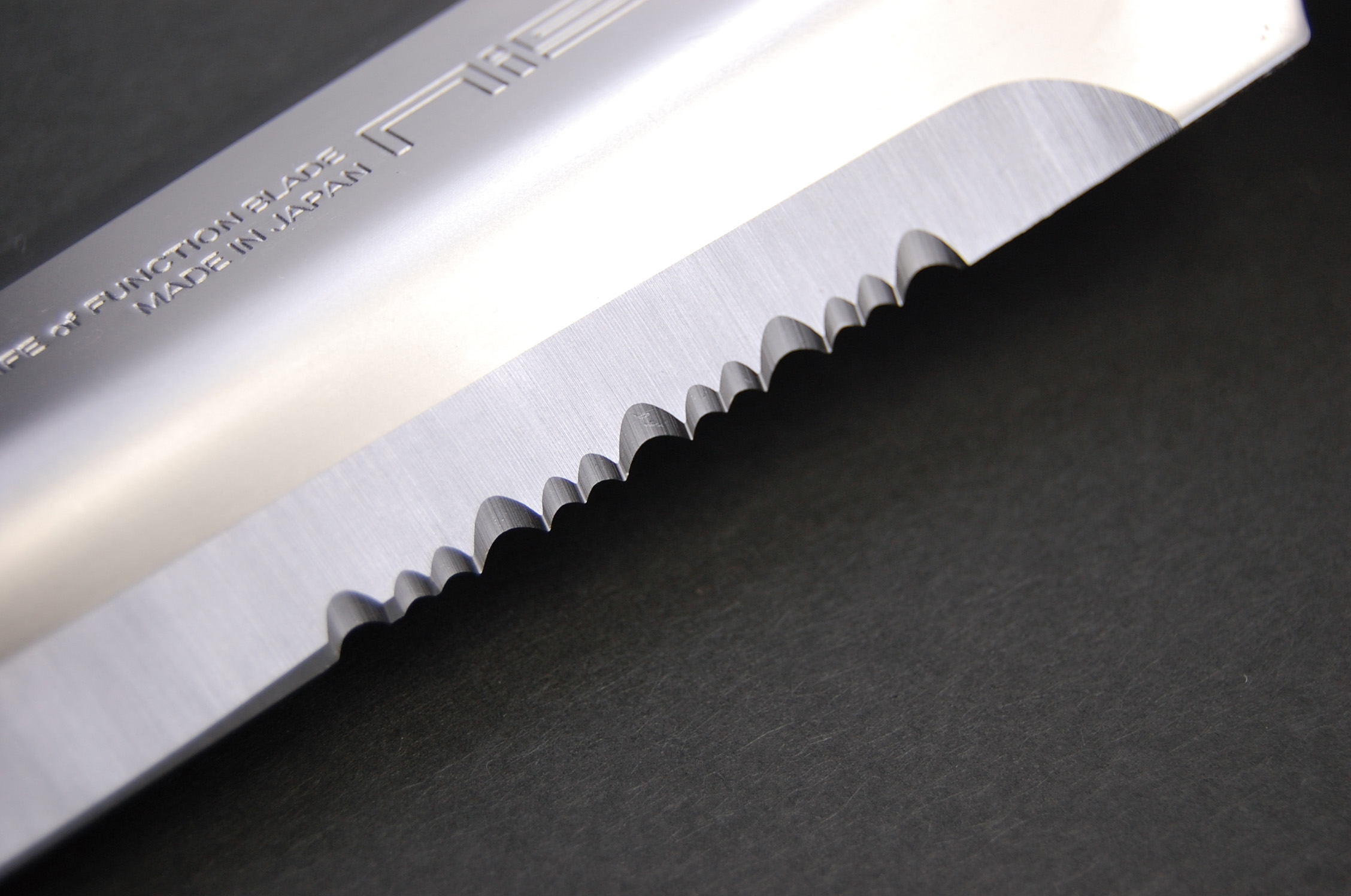Contrary to modern popular belief, knives are more than just
things to open your microwave meals with.
The pointy ends are not just for stickin' 'em with which proves that Jon
Snow indeed know nothing…about kitchen knives.
Unlike you after you're done reading this.
The Usual Suspects
There are several types of knives that every kitchen should
have. We've listed them below with a
brief description and what they are designed to cut.
Bread knife- Used for cutting bread (duh!). The serrated edge of bread knives allow the
blade to cut soft bread without crushing it.
Can also be used to cut produce and meat (if you have no alternatives)
Fillet knife- Long and flexible, a fillet knife can easily be
moved along the backbone and under the skin of a fish. Can also be used to fillet meat.
Chef's knife- Also called a cook's knife. It can range from 15 to 36 centimeters or 6
to 14 inches in length. Originally designed
to slice large cuts of beef, it has now become the general utility knife used
by chefs. Modern chef's knives are somewhat
like a jack-of-all-trade. They are
designed to perform varying tasks well instead of doing one task
excellently. As such, it can be used to
cut produce, cheese, meat, and fish.
Carving knife- About
the same length as usual chef's knives but are thinner. This design allows carving knives to create
thinner and more precise meat slices.
Boning knife- Characterized by a sharp point and a narrow
blade, this is perfect for removing the bones of poultry, meat, and even
fish. Stiff boning knives are great for
beef and pork while the more flexible variety are perfect for poultry and fish.
Cleaver- The largest of the lot. Cleavers come in different shapes but usually
resemble a rectangular hatchet. Its size
and weight are perfect for hacking through bone. It can also be used to cut produce since the
weight makes cutting easier. Also, the
broad side can be used for crushing like with garlic during food preparation.
Steak knife- A sharp table knife used to cut steak. They usually have serrated blades. Not much use aside from cutting up your steak
and opening microwave meals.
Paring knife- A specialized knife with a plain edge. This small knife is used for small and
intricate work like de-veining a shrimp or cutting small garnishes.
Getting Edgy
There are three common types of blade edges:
Serrated blade- A
serrated blade is what you would see on a bread knife. The serration means the knife will be hard to
sharpen. On the other hand, it also
protects the blade so a knife with a serrated blade would stay sharp
longer. A knife with this kind of edge
is perfect for cutting bread and delicate produce.
Granton edge- The
term Granton is actually a copyrighted trademark but many knife makers are now
using the term to describe a particular design of a knife blade edge. The design is characterized by oval-shaped depressions
on the side of the blade. These
depressions keep food from sticking to the blade.
Plain blade- Your run of the mill plain blade. Knives with plain edges are easy to
hone. To keep food from sticking to the
blade, you can dip it in water before cutting.
We hope that you know your kitchen knives now. You won't start becoming a better cook by
knowing this but at least you'd know what to ask for when shopping for knives.










Comments
Post a Comment